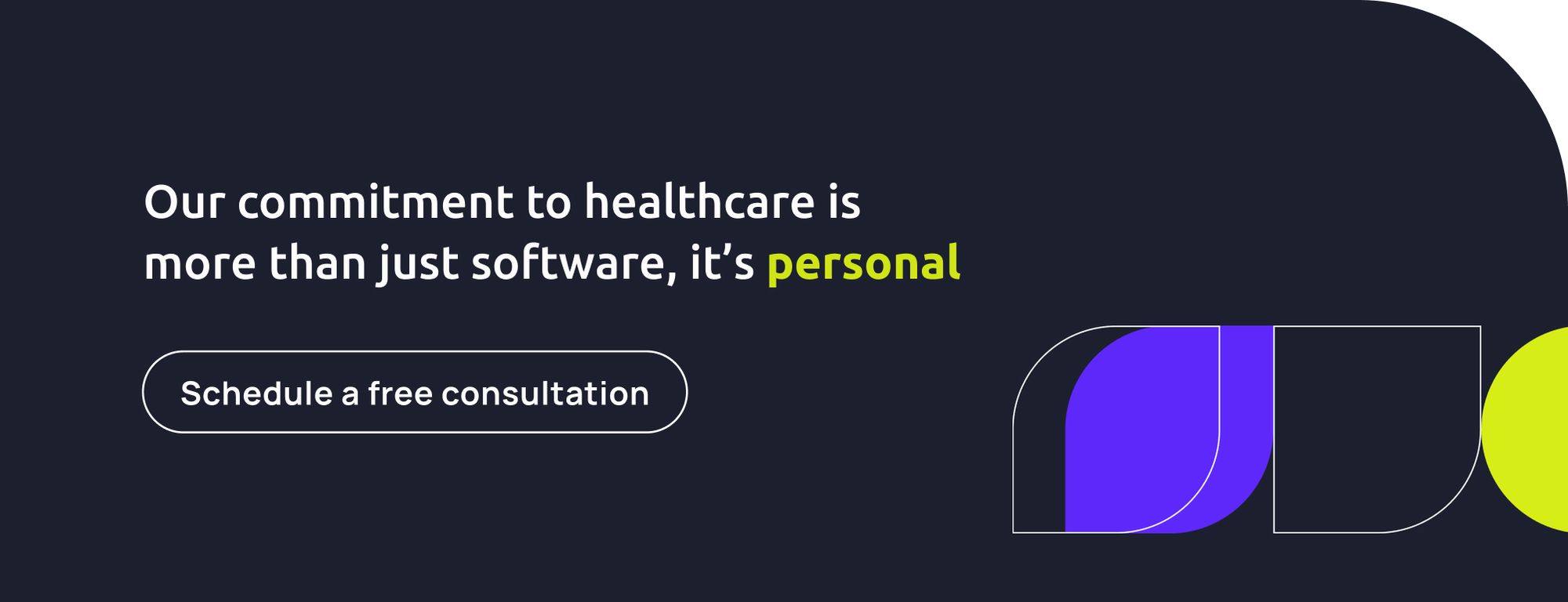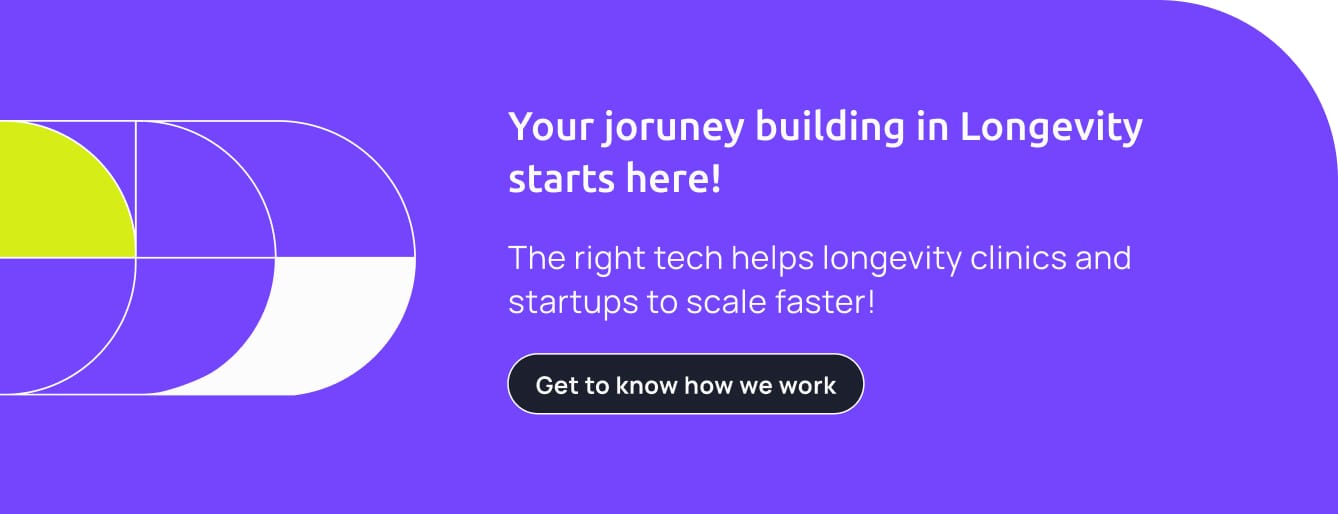To say that the world is changing isn’t exactly groundbreaking. It’s changing all the time, faster than most of us can keep up. But one shift is impossible to ignore: we’re getting older.
By 2050, nearly half of Europe's population will be over 55 *(1) , while in the United States, the elderly population is projected to rise from 17% to 21% *(2). We’re definitely getting older. One hundred years ago, reaching 90 years old would have been the stuff of miracles. Today, it’s almost expected.
But that brings me to a more personal question: do I really want to live until 90?
Well… it depends. On how my body feels, my energy, whether I remember where I left the keys and if I still enjoy my morning coffee.
Longevity is one of humanity's most outstanding achievements, but it comes with a catch: are we really adding years of healthy life?
Living longer, on its own, isn't enough. The real challenge of the coming decades is making sure those extra years are good ones. To make that happen healthcare needs to transform as radically as it did when we discovered antibiotics, invented vaccines, and built modern hospitals.
Let's dive deep into what this new era might look like:
Table of Contents
Table of Contents
- Why our current healthcare model falls short: The limits of Reactive Care
- What is Medicine 3.0?
- Why longevity is about healthcare and not only about wellness
- Why this shift matters
- What it takes to build Medicine 3.0
- Building the Future of Healthcare Together
Why our current healthcare model falls short: The limits of Reactive Care
The current model (what some call Medicine 2.0) has been built on a reactive foundation: diagnose and treat disease after it appears. Logical right? This approach has delivered extraordinary progress against infectious diseases and acute conditions. But in an era where chronic illnesses like diabetes, cardiovascular disease, and dementia dominate, a system designed around treating sickness, is starting to show its cracks.
The problem isn't that Medicine 2.0 failed. It just wasn’t built for the world we live in now. When people regularly live into their 80s and 90s, reactive care becomes unsustainable. We can’t just keep waiting for things to break. What’s needed now is a shift toward keeping people healthy for longer, not just alive for longer.
What is Medicine 3.0?
Medicine 3.0 represents the next era of healthcare, which is, in fact, not distant; it’s already taking place. This model isn’t about abandoning what we know; it's about building on it with a new mindset and new tools. If Medicine 2.0 is reactive, Medicine 3.0 is proactive, preventive, and personalized and slowly gaining traction.
This new paradigm is based on three principles:
- Early risk identification: Using and making the most out of advanced technologies in areas like genetics, comprehensive biomarker testing, and lifestyle data to provide a detailed picture of an individual's current health status and potential future risks.
- Intervening before symptoms appear: As Dr. Peter Attia eloquently states, "The best time to treat a disease is before it happens". This approach allows for early detection of concerning trends and prompt preventive interventions.
- Empowering individuals with knowledge and tools: Medicine 3.0 poses a collaborative partnership between patients and healthcare providers. It empowers individuals through education, accessible diagnostics, and personalized health plans, allowing them to take a more active role in their health journey and effectively manage their well-being.
A personal example:
For me, these three pillars aren’t just theory.
I found out I carry the BRCA mutation after my mom was diagnosed with breast cancer. As a patient and someone working in the healthcare space, it was one of those life-altering moments that makes all the “preventive healthcare” talk suddenly very real.
- Early risk identification: Through genetic testing, I discovered I had the mutation, which basically means, higher lifetime risk of getting breast cancer. Yes, it was pretty scary, but it also gave me a lot of clarity and tools to take action.
- Intervening before symptoms appear: I now follow a structured protocol-checkups every six months, screenings, and a preventive plan that adapts as I age. It’s not a one-size-fits-all path, but it’s a path grounded in foresight, not reaction.
- Empowerment through ownership: Most importantly, this knowledge gave me a sense of control. I can make informed life plans. I have support. I’m part of my own care team. That’s what Medicine 3.0 is really about—turning fear into agency.
This is where the shift from reactive to proactive care stops being abstract and becomes personal. It’s not about living in fear of what might happen, it’s about using information to live with confidence and intention.
A note on prevention:
If someone in your family has had breast or ovarian cancer, it may be worth discussing BRCA genetic testing with your doctor. Identifying a mutation early doesn’t define your future, it gives you the chance to act on it with informed prevention and personalized care. For more info check here!
Why longevity is about healthcare and not only about wellness
When we talk about longevity, healthcare and wellness often get blurred together, but they play very different roles within longevity.
On one hand, we have healthcare whose goal is to diagnose, treat, and manage conditions. Its primary focus is to extend lifespan by delaying or treating age-related diseases, for example, cancer, cardiovascular disease, and neurodegeneration. For this reason, the KPIs used are reduced mortality, controlled symptoms, and extended life expectancy.
And on another note, we have wellness. Wellness has long been thought of as something for aesthetics, commonly associated with superficial ways of living. In reality, and going deep into the concept's definition, wellness aims to optimize health, prevent illness, and improve quality of life. Within the context of longevity, wellness’s objective is to extend healthspan (the number of years lived in good health) through nutrition, exercise, stress management, and mindfulness.
Why is this differentiation significant? When building, scaling, and even securing funding, it is essential to know where to focus your efforts, while also keeping in mind that the future of longevity is where these two meet, the intersection of precision medicine and lifestyle optimization.
Why this shift matters
We’ve done something incredible as a species: we’ve learned how to cure (most) diseases. And for the ones we haven’t yet, we’re closer than ever. But maybe it’s time to change our mindset, from curing disease to preventing it altogether.
This is not simply a philosophical debate; it's a practical necessity. If we don't shift to prevention-first care, aging populations will strain healthcare to its limits, drain public resources, and leave millions without the support they deserve.
So what is the good news? That technology is now on our side.

What it takes to build Medicine 3.0
Turning Medicine 3.0 from concept to reality isn't about a single breakthrough. Medicine 3.0, like all changes in healthcare, calls for a coordinated effort. It means rethinking prevention, redesigning care models, aligning incentives, and adopting technology that actually serves patients and providers.
- Technology infrastructure: Building a strong foundation for Medicine 3.0 means more than adding new tools. That means diagnostics that spot problems early, telemedicine that brings care into everyday life, and health tools tailored to each person. It also means data systems that actually work together and AI insights that give clinicians sharper and personalized ways to guide care.
- Cultural change sits at the heart of Medicine 3.0: Healthcare can't move forward unless patients, providers, and payers all see prevention as the priority. This shift calls for collaboration, where people play an active role in their own health, supported by clinicians who guide and partner with them. It's about building a system where every voice matters, from the individual making daily choices to the professionals shaping long-term care.
- Collaboration: Making this vision real depends on cooperation across every corner of healthcare and innovation. Clinicians, technologists, policymakers, and entrepreneurs each bring a piece of the puzzle. As longevity health tech grows, leaders with scientific depth, regulatory insight, and business experience will be essential to guide progress responsibly.
Building the Future of Healthcare Together
So where are we now?
The longevity economy is already booming. The global wellness market is worth over $5.6 trillion, projected to hit $8.5 trillion by 2027. Startups, investors, and innovators are leaning in, proving that Medicine 3.0 isn’t a distant dream, it’s happening right now.
The time to build is now. Every product, every policy, and every partnership that pushes us closer to prevention-first, personalized healthcare brings us nearer to a future where longevity is defined not by years alone or some influencer wellness term.
For longevity not to be a disruptive concept, leaders in healthtech, medicine, and policy must align around a shared vision: one where we measure success by how well they live without forgetting why. In healthtech, everything is essentially about people and making their quality of life better and not only about the market’s hype.

*(1) SOURCE 1
*(2) SOURCE 2

